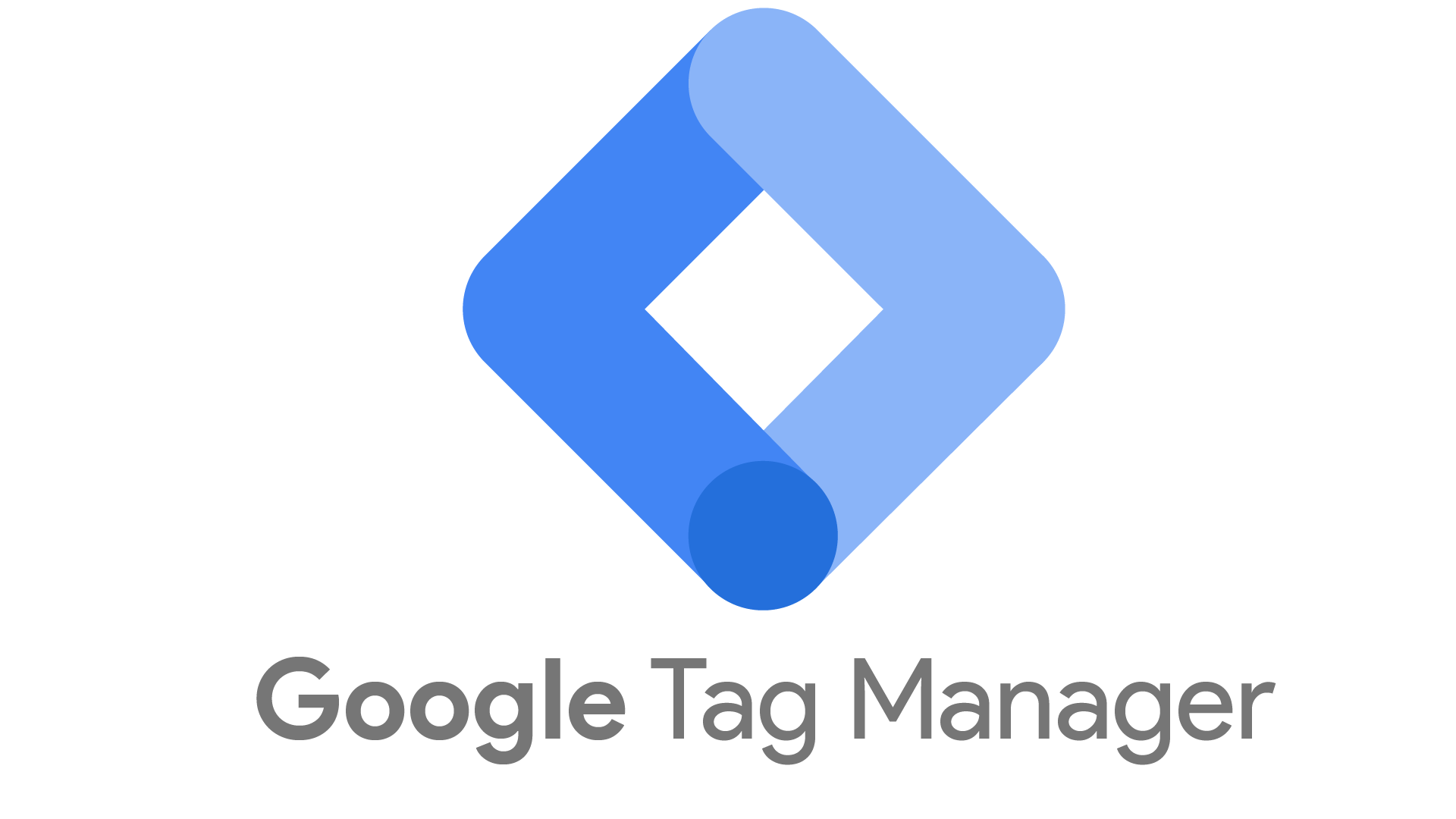What Is Google Tag Manager (GTM) — Definition & Key Uses
You can use Google Tag Manager to collect information about your website users’ behavior in the virtual world. But what is Google Tag? If you want to learn to work with this tool, analyze the site, and become an expert in it, stay with us. This article will focus on what GTM, or Google Tag Manager, is and what it is used for.
What is Google Tag, and what is its use?
As mentioned above, Google Tag Manager is a free and important tool for analyzing a website. This powerful tool helps you add marketing tags to the website and monitor your users’ behavior with them.
It should be said that Google Tag Manager, also called GTM for short, is a free tag management system that has simplified creating tags for sending users interactive data. Tags are codes that you can place in your website’s JavaScript or HTML and, for example, monitor and track your users’ behavior on the site.
Application of Google Tag
Before Tag Manager training, you should know that Google Tag is like a toolbox in which you can use all your marketing tools, such as Google Search Console, hotjar, Google Optimize, Google Analytics, etc. Using Tag Manager saves time and improves site speed to reduce the volume of scripts.
Another use of Google Tag Manager and the information provided by Google Tag Manager is the click rate and the bounce rate. With the help of Google Tag, you can easily do the necessary coding on the site, and you will not need much coding knowledge.

What are the most important reasons for using Google Tag?
1- Adding different tags
If you use different tools to analyze and track your site, adding each tag separately will be time-consuming and tedious. In addition, you need to be somewhat familiar with coding concepts.
With tag manager, you can quickly put in and test different tags on your website.

2- High execution speed
GTM helps speed up many processes. Changes and new tags can be created quickly; most do not require any code changes on the website. Aggregation of tags reduces the loading time of site pages, which will help improve your site’s ranking in Google results.
3- High security
There are different types of access in Tag Manager, which can be defined according to the importance of the person in the company, and it is possible to terminate access at any time and easily. Also, Google checks all manually added codes to the tag manager, confirming their correctness. Therefore, the possibility of adding malware or malicious code to the site through the tag manager is almost zero.

4-Flexibility
Don’t worry if you are not a programmer. Working with Google Tags is easy; you can create your tags on the site without writing a single line of code. This feature makes it easy for internet marketers to use it.
5- Existence of default tags
Google Tag, by default, supports ready-made tags from many tools. Ready-made tags help you to use your desired tags easily and in the least amount of time.
6- Being free
Almost all Tag Manager services are free except for some services that are available in the premium version and are intended for large companies.
7- Coordination with statistical services
Google Analytics is one of Google’s robust services that is responsible for recording statistics and events on the website. However, analytics alone cannot record all user events on the site.
FAQ
What exactly is Google Tag Manager?
It’s a tag management system that allows you to control different tracking codes (tags) from one container, without editing the website’s source code.
How does GTM work (basic components)?
GTM uses tags (the code you want to fire), triggers (conditions that decide when a tag fires), and variables (dynamic values to pass into tags or triggers).
What are the main benefits of using Google Tag Manager?
You don’t need a developer every time you change or add a tag. Tags load asynchronously, so they don't slow down your site. You can manage all kinds of analytics and marketing tags (Google Analytics, Ad conversions, custom tags) from one place.
